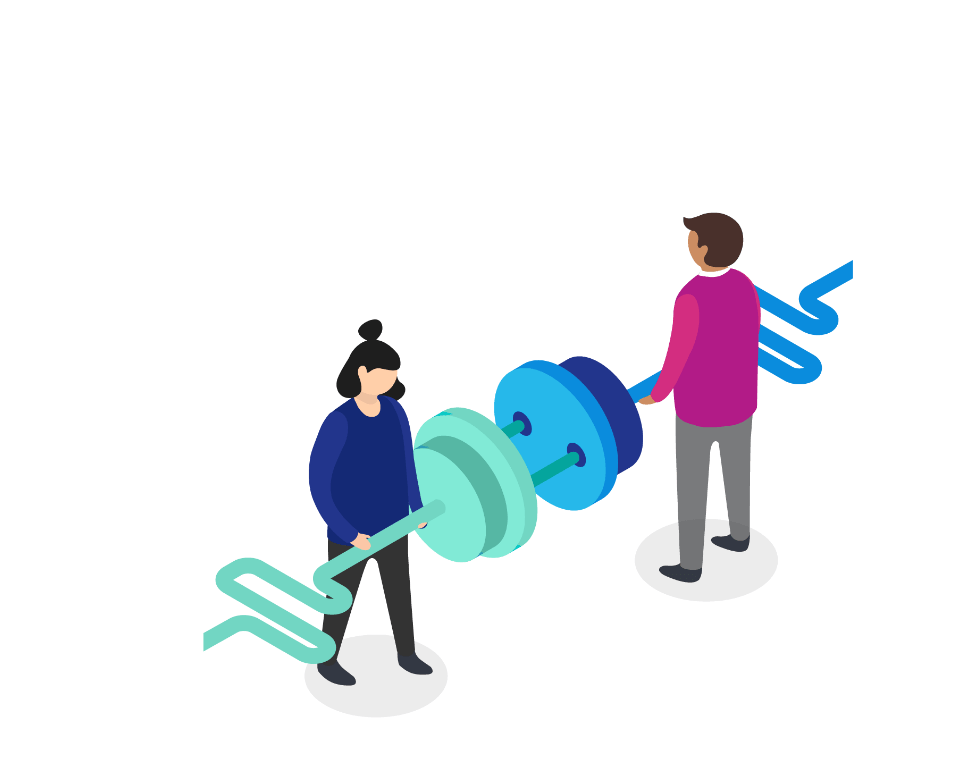When I finished reading Siemens’ article “Connectivism: A Learning Theory for the Digital Age”, I became very interested in his theory. The following content will be based on my third-week post WOW AND WONDER 2.
First of all, I’d like to list a few points of this article that I find interesting.
- Connectivism: This is the main content of this article, because of the increase of knowledge and the progress of science and technology derived from a new learning theory. I think the author has written very well, he seems to describe in detail people’s vague understanding of online learning.
- The “half-life of knowledge”: According to Siemens(2005): “The amount of knowledge in the world has doubled in the past 10 years and is doubling every 18 months according to the American Society of Training and Documentation (ASTD).” Because the speed of knowledge updating is too fast, human beings need to constantly learn new knowledge to adapt to the new world. I think it’s quite astonishing that there is so much knowledge to learn and update in this digital age.
- “Decision-making is itself a learning process”: I think it’s interesting that how you go about finding new knowledge is so important in the digital age. There is a lot of knowledge you need to look for, so how to find the right knowledge becomes very important.
By reading other blogs in learning pod, I got more inspiration.
By reading JINGJINGJIANG’s post #2 Wow and Wonder, and Wenzhou’s post Week 3 Wow and Wonder Post, I found them all very sympathetic to connectivism, they are also wondering if it will replace the traditional classroom. I think the traditional classroom still has many advantages, at least for now, the traditional classroom can not be replaced.
I think learning in the classroom is based on these three theories: Behaviorism, Cognitivism, & Constructivism. Because online learning lacks face-to-face interaction, these three theories work better in the classroom. In “The Three Learning Schemas: Behaviorism, Cognitivism, & Constructivism” ERIK TRITSCH gives good examples of three theories in the classroom. I think the most advantage of the classroom is that the classroom can create a good learning atmosphere. This experience makes it easier for students to acquire knowledge. However, the classroom is not equipped to acquire a great deal of knowledge. Online learning is the only way for us to acquire a great deal of knowledge.
I think connectivism emphasizes that learners can learn from other people’s experiences through the Internet and then train their skills to find the right knowledge. A personal connection to the Internet is also important, which means PLN is necessary because you need to constantly refresh your connections with others to keep up to date with the latest knowledge. If you want to learn how to cook, you can find a lot of videos posted by authors on YouTube, or TikTok. You don’t have to try out for yourself how much seasoning you should put in because the video will tell you. It’s like learning directly from someone else’s experience. This method is very fast and easy. On the Internet, you only need to find the right information to learn knowledge. However, there is a large amount of different information on the Internet. I think it is a disadvantage of online learning to spend time and effort to judge the most correct information.
In conclusion, in the classroom, the teacher is the only and correct source of knowledge. In my opinion, it is best to teach the most basic knowledge in the classroom. Only when learners have the most basic knowledge can they judge the knowledge they need and the correct knowledge on the Internet. It can be very efficient to distribute knowledge in this way.
References:
Gutierrez, K. (n.d). What Are Personal Learning Networks? Shift. https://www.shiftelearning.com/blog/personal-learning-networks
Siemens, G. (2005). Connectivism: A Learning Theory for the Digital Age. International Journal of Instructional Technology and Distance Learning, 2(1).
Tritsch, E. (2021, September 23). The Three Learning Schemas: Behaviorism, Cognitivism, & Constructivism. Fairborn Digital Academy. https://fairborndigital.us/2021/09/23/the-three-learning-schemas-behaviorism-cognitivism-constructivism/
Featured image:
